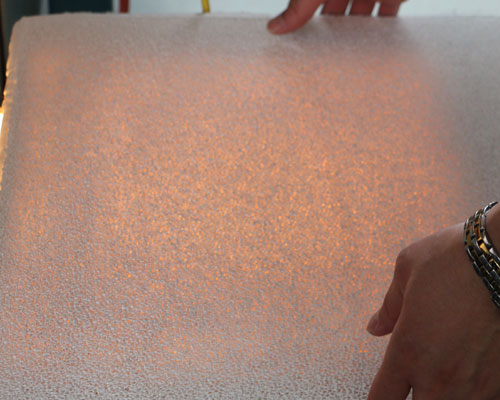Aluminum Foundry CFF (Ceramic Foam Filter) is widely used in the production of large aluminum processing enterprises. During use, it is not only necessary to remove the aluminum melt inclusions, but also to avoid clogging of the Foundry Ceramic Filters and improve the service life of the Aluminum Foundry CFF.
Ceramic foam filter is widely used in general aluminum castings. Ceramic foam filter has high porosity and a large adsorption area. They have a good filtering effect on inclusions larger than 10 μm (for example, the efficiency of removing 40 μm inclusions can reach 90%). The removal effect of inclusions smaller than 10μm is poor (only about 30%).
Ceramic foam filter CFF has been widely used for filtering impurities out of molten aluminum in cast houses. Filtration is a necessary step to optimize metal quality and downstream finished products. Inclusions can originate from a variety of sources during the production process, including surface oxide films, eroded furnace refractories, and insoluble impurities like carbides. Ceramic foam filters offer a simple, reliable, and cost-effective method to remove inclusions. Filtering with Aluminum Foundry CFF is a supplement to metal treatment within the furnace, such as fluxing and degassing or inline filtration.
The bonded ceramic particle filter has a filtering effect of 90% for particles of 10-25μm, but the smaller the inclusion, the worse the effect, and it has no effect on inclusions less than 6μm.
The rigid ceramic filter has a filtering effect of more than 50% for particles larger than 1μm and smaller than 10μm, and 95% for particles larger than 10μm, but the efficiency is very low, and the flow rate is generally only 0106~0107cm/s. The filtering effect is related to the filter structure parameters (such as porosity, average micropore size, thickness, etc.), melt flow state, inclusions, and the physical and chemical properties of the melt.
The filtering effects of the above ceramic filters all drop sharply with the increase of the flow rate. Therefore, the control of the flow rate and the available area of the filter hole is the key links that affect efficiency.

